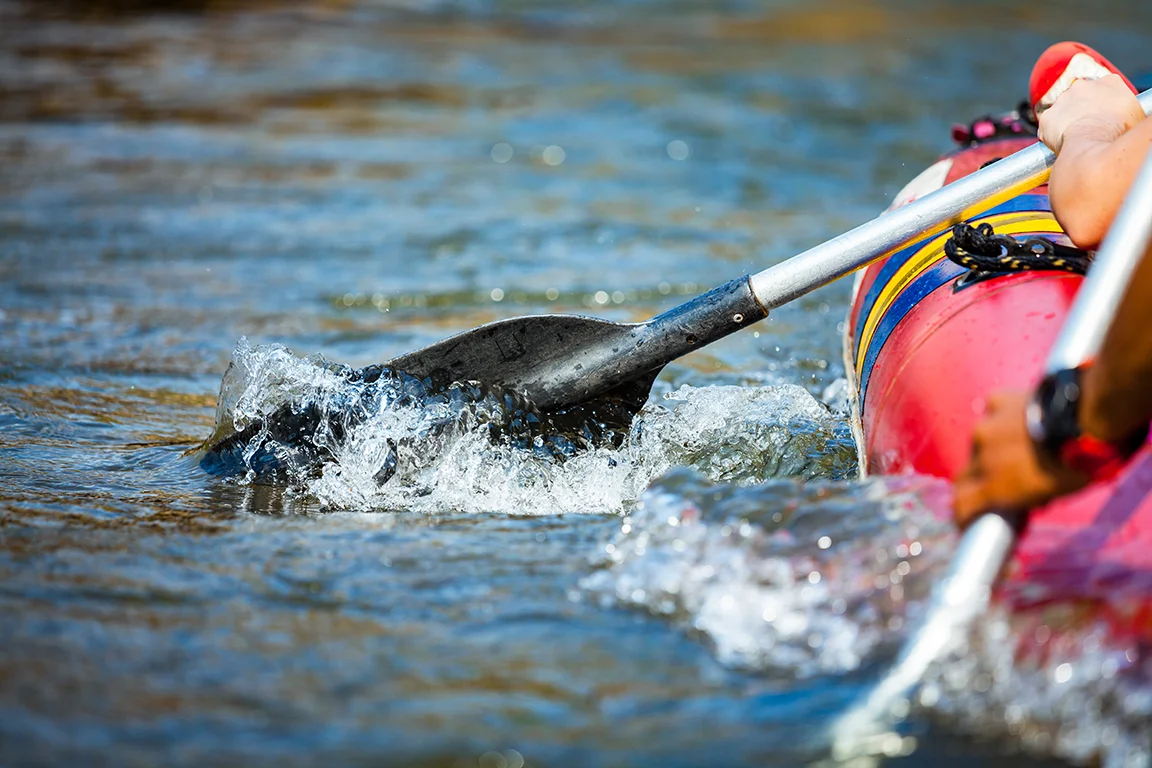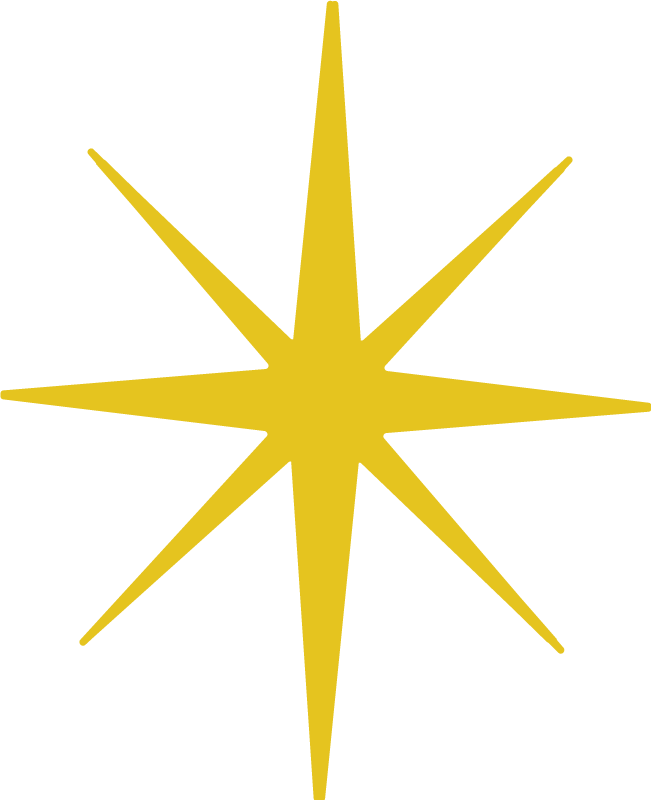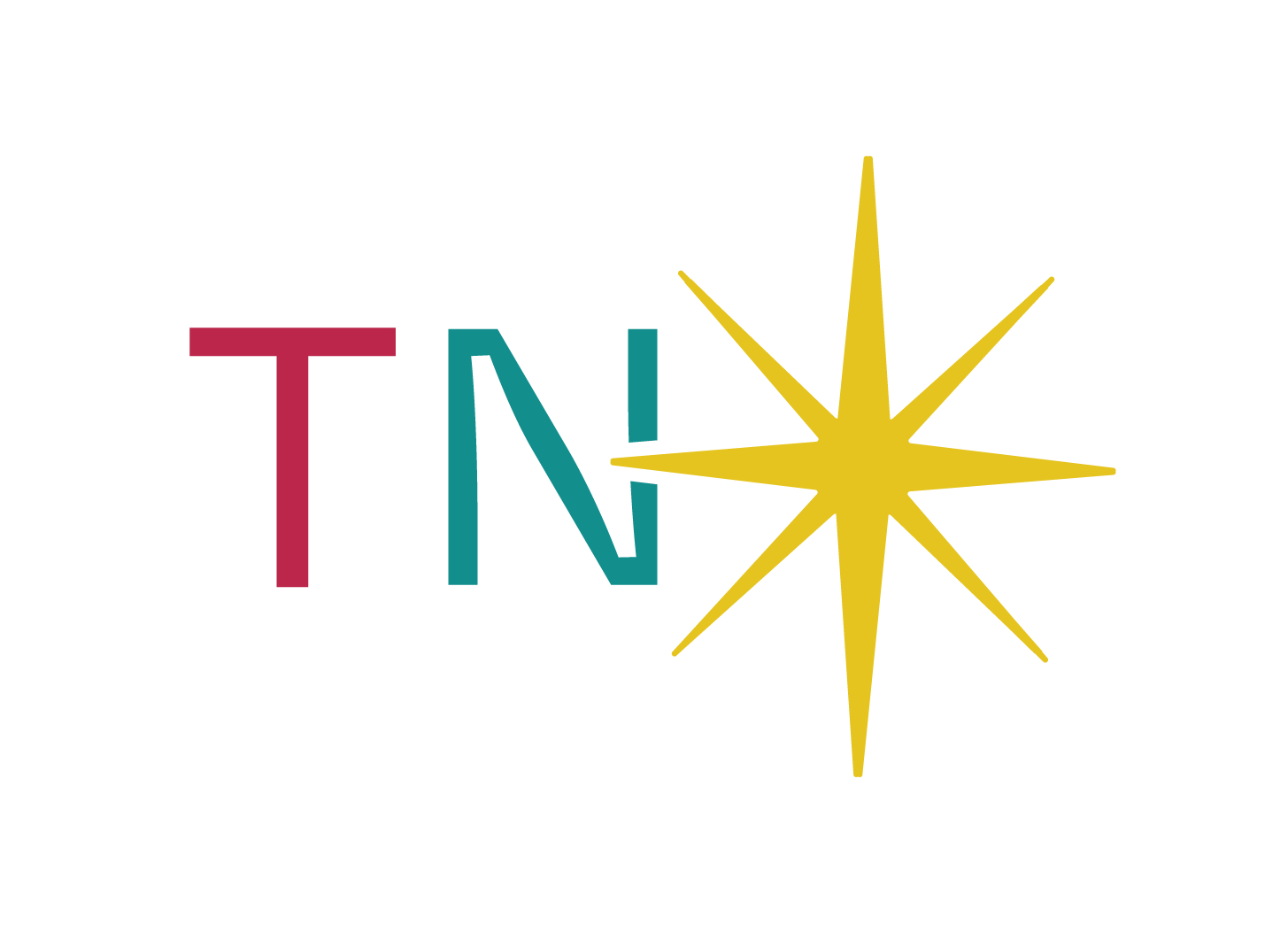Blind Spots

In June, I traveled to Alaska for some client work and reserved a day of adventure that provided for me a much needed break but also a meaningful leadership lesson. This is often the case when I am present and focused enough to hear the messages sent to me. Want to hear about it? It’s a good one.
I booked an afternoon-long guided river trip starting at Spencer Glacier and weaving along the Placer River, a roadless backcountry wilderness experience with two options to get out-down the river in a boat or through the air in a helicopter. There were seven rubber rafts full of adventurers, each with a skilled rower to do all the hard work.
My boat was guided by the trip leader who gave frequent updates through a walkie talkie system as we navigated down the river first. He shared with us how drastically the flow had changed in just 12 hours, which was often the case in this environment, and he had scouted the path earlier that morning to understand the ebbs and flows to share with his team to safely navigate us all downstream.
I could easily see what he meant by drastic changes. Tree debris seemed to come out of nowhere around every bend. Deep channels of water were interrupted by sneaky sandbars that lay just beneath the surface. Our guide was in constant communication with this rest of the crew, advising them on the least complicated route through it all.
Eventually, a crew member in the middle of the pack of boats got snagged up in those trees and high – centered on a sandbar. We heard him (let ’ s call him John), calmly describe his situation over the radio which was followed swiftly with a colleague (let’s call her Jane) responding with “I see you. I’ve got you.” She pulled into an eddy to pause her own downriver navigation which also gave her a vantage to help John.
Jane very calmly told John what she saw from her perspective, that he was snagged o n the left side by a branch that he couldn’t see from his view. Jane told John, again very calmly, three ways that she saw he could get unstuck and over the course of about fifteen minutes, he tried all three with varying degree of success.
With each attempt, Jane shared with John what he couldn’t see, and together they adjusted the approach to dislodge the boat full of anxious tourists surrounded by ice cold rushing water. Jane was able to clearly, concisely, and calmly communicate to John h is exact positioning in a dangerous situation. Jane was able to shine a light on John ’ s blind spots and help him correct his course.
Meanwhile, my guide was listening to the action unfold as we all were. Our friendly chatter was replaced with concerned quiet until one person asked if it was hard for him to hear when he can’t be hands-on helpful. His response did not surprise me. He said “ Nope, I’ve got a great team and I trust them to help each other. They can do this.”
After several more minutes of collaborative effort, the boat was freely floating down the river once again, we all breathed easier, and I started to compile the list of leadership lessons I observed.
- Prepare for what you can and always be ready to pivot.
- In times of crisis, calm clarity is much more valuable than panic.
- Great leaders make space for those in their charge to creatively collaborate and problem solve without having to be in the mix.
- When you trust someone enough to help you identify your blind spots, you can improve yourself and your performance.
That last one is still top of mind for me. The vulnerability required to let someone tell you how you could do or be better… yikes! And, what a gift.
Be well + lead well,
CHANTEL


